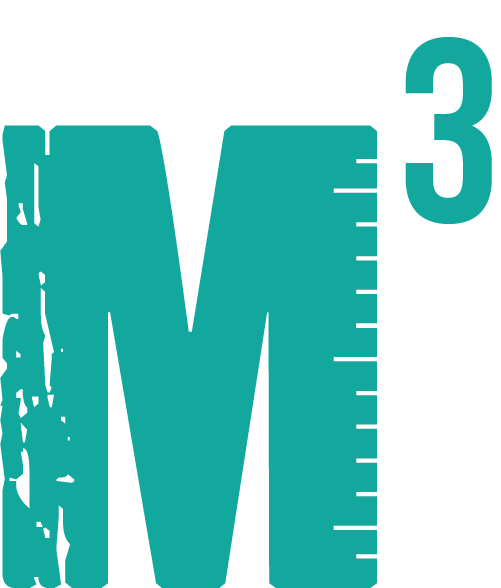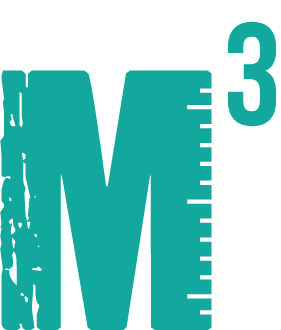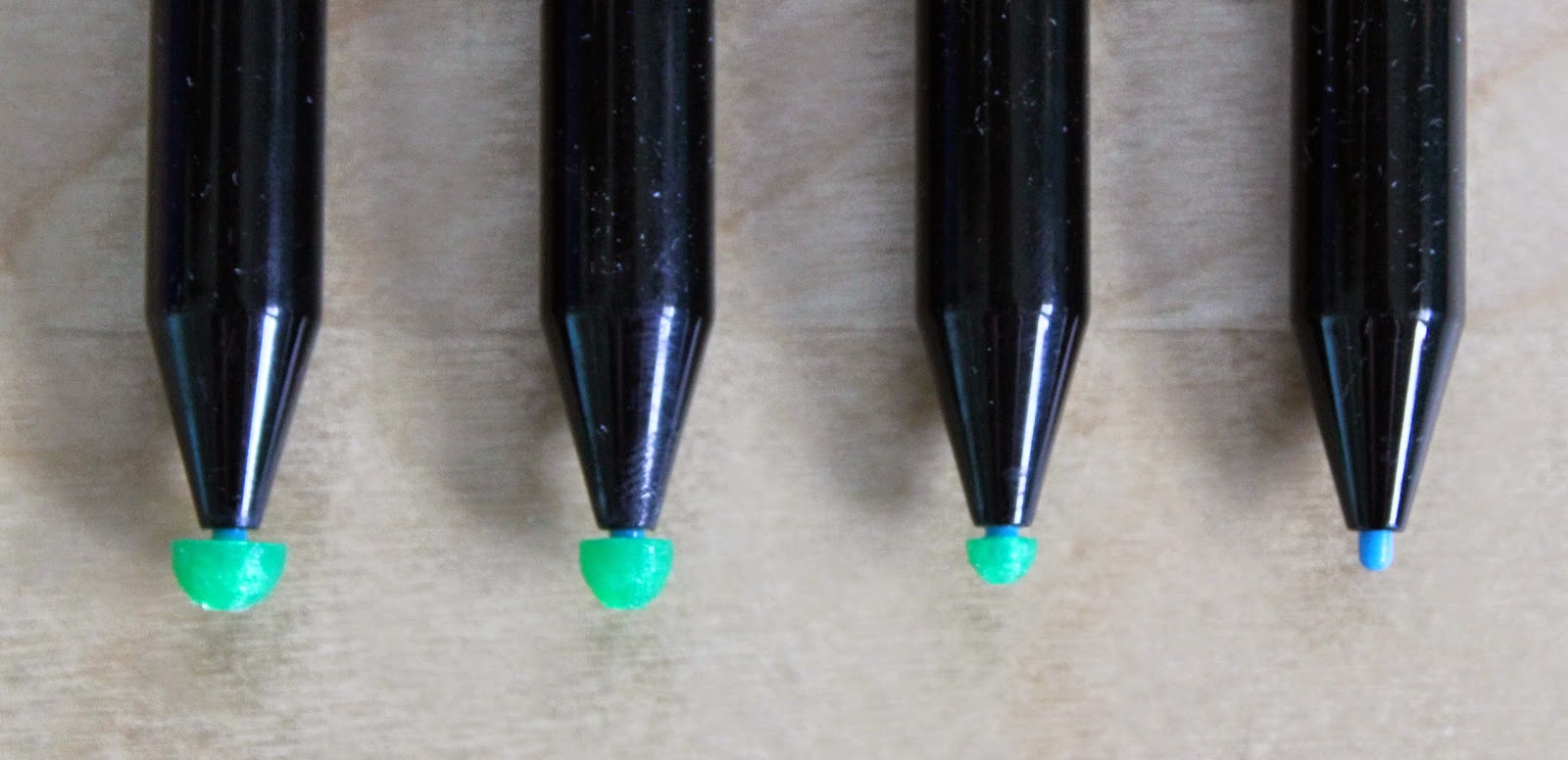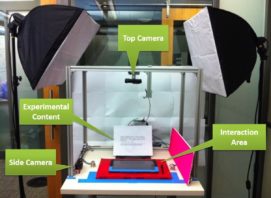Hands, Hover, and Nibs
Challenge / Purpose: Quantitatively evaluate the influence of nib diameter, visual feedback, and hand posture on user’s abilities to ink
Process: Although tablets and styli have become pervasive, styli have not seen widespread adoption for precise input tasks such as annotation, note-taking, algebra, and so on. While many have identified that stylus accuracy is a problem, there is still much unknown about how the user and the stylus itself influences accuracy. The present work identifies a multitude of factors relating to the user, the stylus, and tablet hardware that impact the inaccuracy experienced today. Further, we report on a two-part user study that evaluated the interplay between the motor and visual systems (i.e., hand posture and visual feedback) and an increasingly important feature of the stylus, the nib diameter. The results determined that the presence of visual feedback and the dimensions of the stylus nib are crucial to the accuracy attained and pressure exerted with the stylus. The ability to rest one’s hand on the screen, while providing comfort and support, was found to have surprisingly little influence on accuracy.



